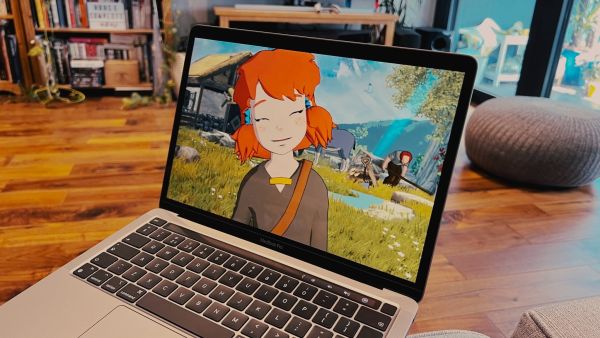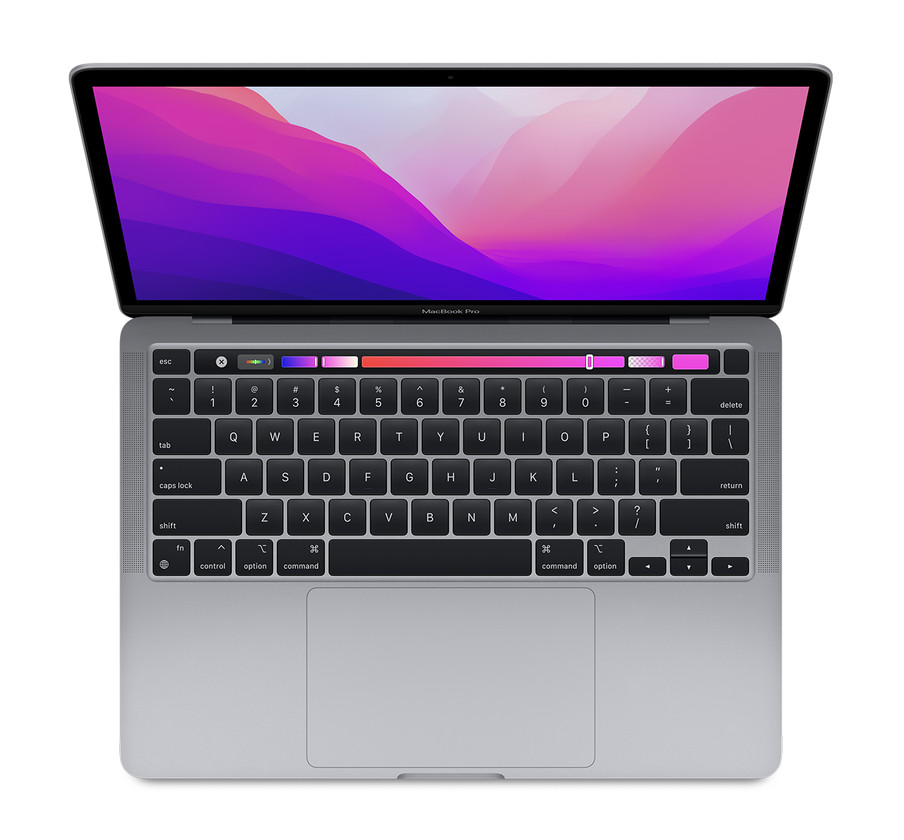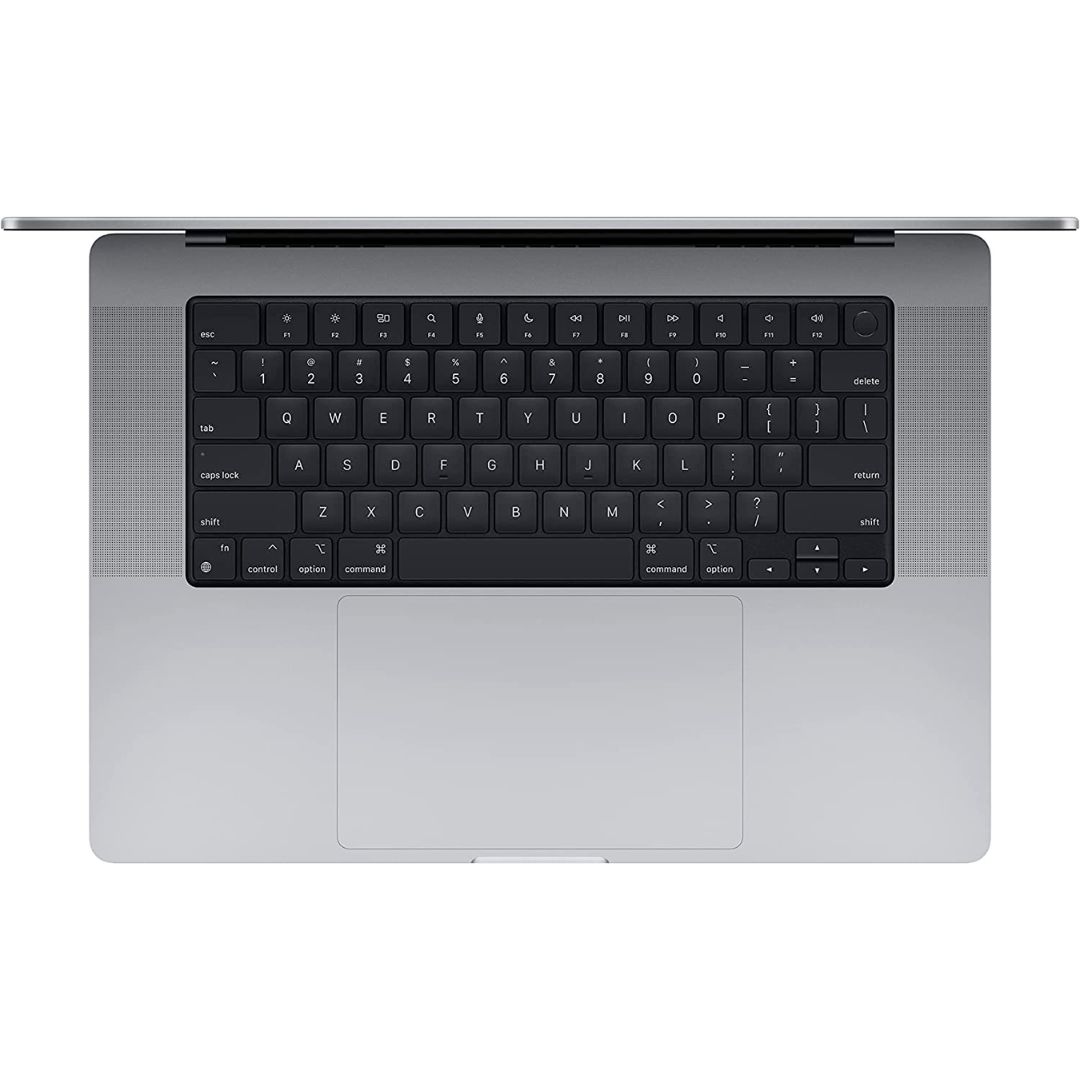10 things you should know before you buy a MacBook for students

Back to school time is here again, and you might be considering a MacBook for your high school or college student. Before you put your money into a new computer, there are some things you'll want to consider so you can make the smartest purchase.
One of the biggest factors to think about is the price. The current MacBook lineup at Apple ranges in price from $899 (with the student discount) for the older base model M1 MacBook Air to nearly $6,000 for the latest 16-inch MacBook Pro with all the extras you can add.
Besides price, you will also have to decide what you need for the machine's internals, including the type of chip, storage, and RAM. Once you get past those harder decisions, the choice may come down to something a bit more fun like the laptop's color.
Here is everything you need to consider about the best MacBooks for students before making a purchase.
1. Decide on a screen size and portability first
Apple has two laptop lines, MacBook Air and MacBook Pro. Each product line is somewhat distinct in offering different screen sizes. So your first decision should be the screen size you want. For example, if you want a 13-inch model, you'll have to decide whether to get a 13-inch MacBook Air or 13-inch MacBook Pro based on other specifications. More recently, the 15-inch MacBook Pro offers ultra-portability with a larger screen. Otherwise, there's the 14-inch and 16-inch MacBook Pro. All models are on our list of the best MacBooks overall and the best MacBooks for students.
Along with screen size, be aware of the machine's weight and how that could affect portability. All of today's MacBook models are lighter than past models. However, some remain heavier than others. Especially for those on a large campus, there's a big difference between carrying a 2.7-pound MacBook Air and a 4.7-pound 16-inch MacBook Pro.
| Header Cell - Column 0 | MacBook Air 13-inch (2022)/15-inch (2023) | MacBook Pro 14-inch/16-inch(2023) |
|---|---|---|
| Release date | July 2022/June 2023 | January 2023 |
| Display sizes | 13.6 or 15.3 inches | 14.2 or 16.2 inches |
| Processors | Apple M2 | Apple M2 Pro or Apple M2 Max |
| RAM | 8GB/16GB/24GB | 16GB/32GB/64GB/96GB |
| Storage | 256GB to 2TB | 5126GB to 8TB |
| Weight | 2.7/3.3 pounds | 3.5/4.7 pounds |
| Color choices | 4: Starlight, Midnight, Space Gray, Silver | 2: Space Gray, Silver |
| Starting price | $1,099 | $1,999 |
2. Buy as much processor speed as you can afford

Apple doesn't allow you to swap out parts on any of the MacBook models. With this in mind, zero in on what you can afford and go with it — starting with the processor speed. Expect to pay around $200 more as you upgrade to a better processor. But, don't go overboard.
iMore offers spot-on advice and guidance from our team of experts, with decades of Apple device experience to lean on. Learn more with iMore!
If you're only purchasing a new laptop to take notes, do online research, and write papers, save yourself some money and buy less. Conversely, go with a bigger processor if you plan on doing creative work using an Adobe program or Final Cut Pro.
Cupertino has totally transitioned away from Intel processors, with today's MacBooks using in-house silicon. The current 13-inch MacBook Air (2022), 15-inch MacBook Air (2023), and 13-inch MacBook Pro (M2) include an M2 chip, while the 14- and 16-inch MacBook Pros offer an M2 Pro or M2 Max chip. Each chip consists of the computer's CPU, GPU, unified memory, and Neural Engine. Decide which chip matches what you hope to do with your new machine.
3. The same goes for RAM
Deciding how much computer memory to buy is also crucial. Random-access memory, or RAM, is your system's short-term data storage. The larger the RAM, the quicker your computer can access data. Additionally, the more programs your system runs, the more memory you'll need.
Again, Apple doesn't let you change MacBook RAM after purchase, so you'll want to choose wisely.
4. What about storage?

With the advent of cloud-based computing, the amount of onboard computer storage isn't nearly as significant as it was just a few years ago. Still, I recommend not purchasing the minimum storage available on any MacBook. That number, which currently stands at 256GB on some models, probably isn't enough for most people over the long term. Conversely, having over 2TB of storage on a laptop is perhaps too much for most folks. Think about what you will use it for and choose accordingly. No need to stress though, because you can always rely on cloud storage.
As when you're choosing your processor speed and RAM, what you'll be studying will inform your decision on how much storage you need. If you're doing a liberal arts, business, or engineering degree, you probably don't need a ton. However, if you're pursuing a creative field where you'll be using intensive processing and storage-heavy programs, it's worth investing in more storage.
5. Consider a portable hard drive
It would be best if you backed up your MacBook using the built-in Time Machine feature. For this, you should invest in a portal hard drive. The best external hard drives for Mac come in various sizes and price points. You'll always want to back up your Mac regularly to avoid losing precious data, projects, photos, and more. The last thing you'd want is to be typing up your final research paper for class only to lose it all in seconds.
6. Do buy AppleCare+
Buying a MacBook isn't cheap; replacing parts without a warranty is also expensive. Each Apple laptop comes with one year of hardware repair coverage. I recommend purchasing AppleCare+ for students to extend that coverage to three years or longer. You can buy your coverage at the time of purchase or any time during the first year. Prices vary depending on the MacBook model.
7. Get a case and screen protector
MacBooks are beautiful devices. Unfortunately, they are also fragile. If you're hauling your MacBook all over campus without anything to protect it, something awful could happen. You certainly don't want to see any scratches or dents on that lovely screen. To protect your investment, be sure to purchase a case, bag, and even a screen protector. Here at iMore we write about all of the great options out there, with great cases for MacBook Air and MacBook Pro.
8. Look for education pricing

When considering a MacBook for students, consider that year-round, Apple provides discounts to qualifying higher-education students, parents purchasing on behalf of higher-education students, and faculty and staff at higher-education and K-12 institutions. In addition, Cupertino typically adds extra incentives to convince you to buy through them in the lead-up to new school years worldwide.
For back to school in 2023, Apple is offering excellent incentives across the various product lines in addition to the regular education discount. Right now, college students can get up to $150 in Apple gift cards, 20% off AppleCare+, and a special rate for Apple Music: just $5.99/month with Apple TV+ included. Promotions are available through Apple's online store, retail stores, and authorized campus stores, as well as through Apple's education site.
9. Check Amazon for discounts
Amazon has fast become one of the most popular places to purchase Apple products online, including a full line-up of current and past MacBook models.
Amazon has been aggressive when it comes to discounting Apple products. However, don't expect to see huge discounts on current models. Instead, the largest deals can be found on new past models, always marked as Previous Model.
A word of caution: Be on the lookout for Apple products on Amazon marked Renewed. These products are not new. That doesn't mean you should never buy them, but you'll want to keep that in mind.
10. Finally, look at our cheat sheet
Each current MacBook is terrific, with its own set of features and internals. They also will all be eligible for the upcoming macOS 13 Sonoma update set to debut to the public in the fall. Here's a breakdown of some of our favorite MacBook models for students.

The hottest MacBook right now
Apple's lightweight MacBook is also the most popular. Its portability and price point make it perfect for most students. Keep in mind you can still purchase the older M1 model, a highly capable computer that will save you some dough. At the other end of the MacBook Air spectrum, you can get the nearly identical but larger 15-inch M2 MacBook Air.

Older design with M2 inside
The smaller of the two Pro models is excellent for those looking for a smaller laptop while still wanting premium parts inside. Like the MacBook Air, it includes an M2 chip.

The best you can buy in a small package
With the same internals as the 16-inch MBP, this is the one you need if you want incredible power in a smaller package.

The best of the best
Here's the one for designers and anyone who wants a large display. It's also the most expensive model, even at its entry-level point.
Decisions, decisions
With so many MacBooks on the market (not counting the older models), many choices exist, making it not the easiest of decisions to make. As stated above, there are a few things to consider when it comes to purchasing a MacBook for a student or as a student.
You'll want to make sure you know what you need as far as the internals of your laptop go. Do some research on how much RAM and storage you'll need. If pricing is a concern, you'll also want to look into education discounts and price drops on retailers such as Amazon. Lastly, perhaps one of the most important factors is caring for your device. Getting AppleCare+ may seem like an annoying add-on when you're purchasing a laptop but it could help you save hundreds of dollars in the long run. Similarly, investing in a good case and screen protector will go a long way.
Take your time and find the MacBook that meets your requirements — and budget — and have a great school year!

Bryan M. Wolfe has written about technology for over a decade on various websites, including TechRadar, AppAdvice, and many more. Before this, he worked in the technology field across different industries, including healthcare and education. He’s currently iMore’s lead on all things Mac and macOS, although he also loves covering iPhone, iPad, and Apple Watch. Bryan enjoys watching his favorite sports teams, traveling, and driving around his teenage daughter to her latest stage show, audition, or school event in his spare time. He also keeps busy walking his black and white cocker spaniel, Izzy, and trying new coffees and liquid grapes.
- Karen S FreemanContributor

